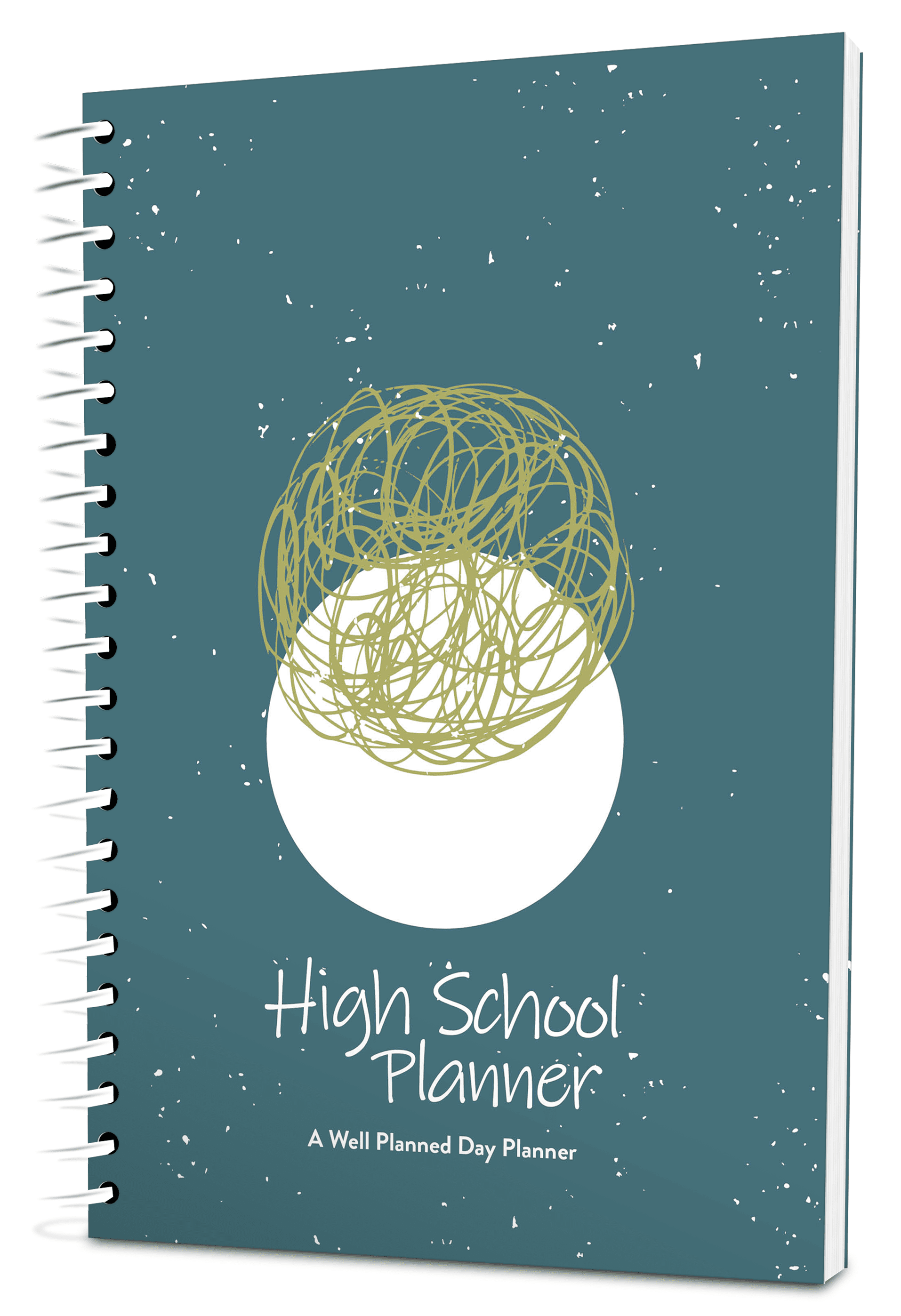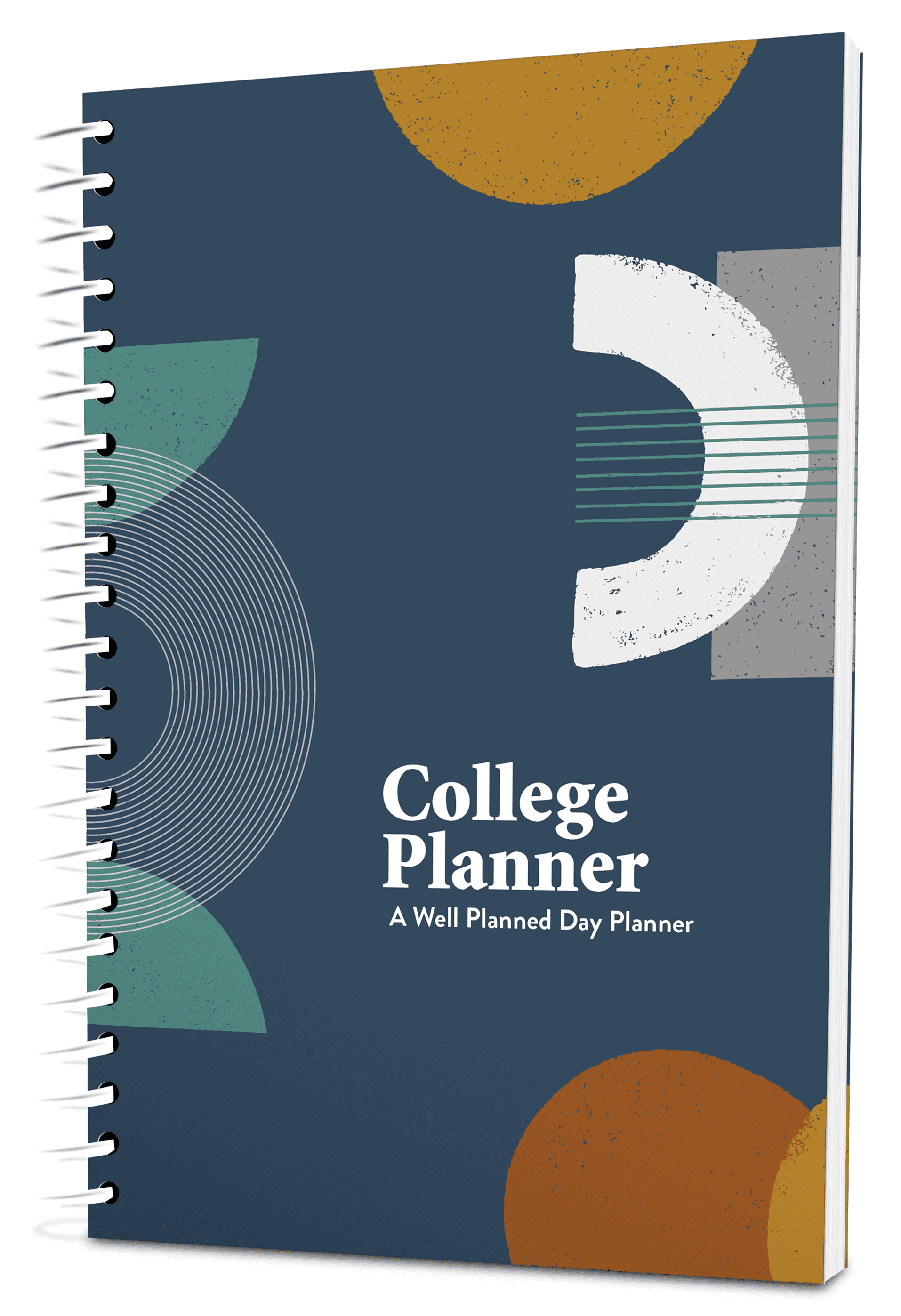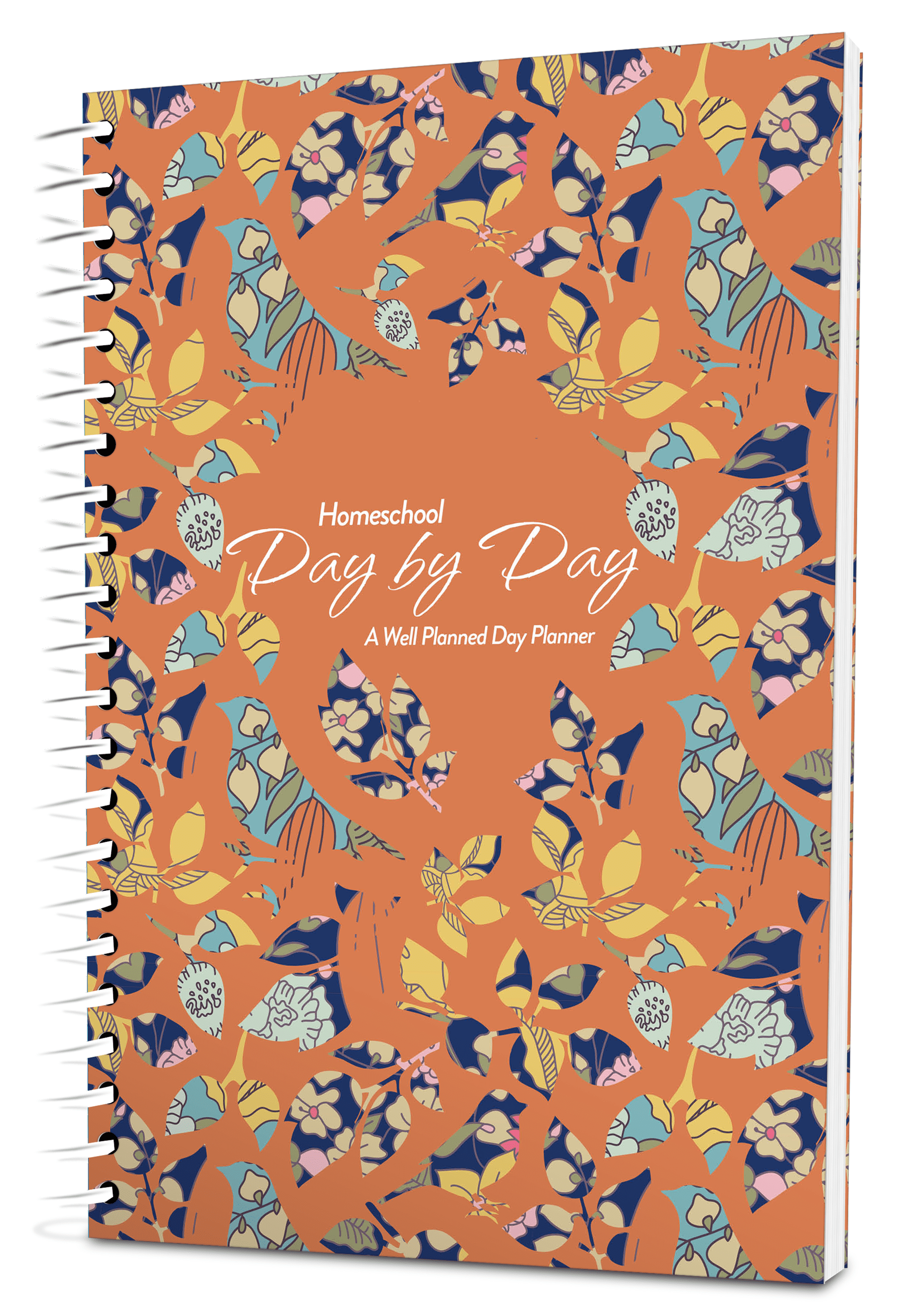I recently listened to Sir Ken Robinson’s TED Talk titled, “Do Schools Kill Creativity?” The obvious answer to Robinson’s question about creativity in schools: It’s dead, Jim. Deader than a red-shirted ensign. The truth is that the current American education system doesn’t know what to do with creativity. Creativity gets in the way of the serious business of education.
Robinson maintains that “curiosity is as important in education as literacy, and [that] we should treat it as such.”¹ The current education system doesn’t value creativity, it only values high test scores. And how do you test for creativity? It used to be the lazy student who said, “We don’t have to learn that; it’s not going to be on the test.” Now, the best practices of the educrats would have us answer curious students with, “We don’t have time to think about that; it’s not going to be on the test.”
Before we smugly congratulate ourselves for not allowing our homeschooled children to be assimilated into the system, we’d be wise to take a step back and reflect a moment. It is important for home educating parents to expand Sir Ken’s question and ask, “Is the way we are educating our own children killing creativity?”
This is more than a conventional school vs. homeschool issue. This is a major cultural issue, and it has huge ramifications for all of us, regardless of how our children are educated.
Why we do what we do always determines how we do what we do.
The current educational apologetic says all education is a jobs training program. The very air we breathe is infected with this assumption. Unless we intentionally guard ourselves and our children, we will all be assimilated. When we define success in terms of percentiles and the satisfaction of random and child-crushing standards, we suck the life right out of the child and smother creativity. God did not intend for five-year-old children to write to a thesis. Infants are not designed to lift weights, drive cars, or read encyclopedias. Creativity is destroyed by pressure cookers.
In a 1991 presentation about creativity, now available on YouTube, John Cleese (of Monty Python and Fawlty Towers fame) talks about what researchers tell us we can and cannot know about creativity. He gives quite a bit of useful information about how to nurture creativity in ourselves and our kids. What follows are the highlights.²
Research confirms that creativity has little to do with innate intelligence.
It is not an ability that some are or are not born with. It is not a talent. According to Cleese, creativity is a mindset, “a way of operating” (3:40). Citing Donald W. MacKinnon, a pioneer in creativity research, Cleese says creativity can be described “as being childlike, having the ability to play with ideas…to explore them…not for any immediate practical purpose, but just for enjoyment. Play for its own sake” (5:29). Cleese refers to this as an open mode: “a mood in which curiosity for its own sake can operate, because we’re not under pressure to get a specific thing done quickly.” Play “allows our natural creativity to surface” (7:10).
In contrast, the closed mode has a narrowed focus which Cleese describes this way: “We have inside us a feeling that there’s lots to be done and we have to get on with it” (6:27). There is tension, impatience, and little humor. “It’s a mode in which we can get very stressed and even a bit manic, but not creative, for creativity is not possible in the closed mode” (11:51).
Cleese stresses that both modes are necessary. If I ask my son to clean the toilet, I am not really interested in fostering creativity, which in this setting could be a little frightening. I would prefer purposeful, focused attention to the task before him — with maybe only a little humor. If we stay in the open mode, we will not get much done. If we stay in the closed mode, most of what we busy ourselves with won’t be worth doing.
While there is no way to force creativity (giving our children take it in — spit it out lessons on “Creativity Can Be FUN!” will be pointless), Cleese does point us to “certain conditions which do make it more likely that . . . something creative will occur” (12:18).
Space
We must remove ourselves from the usual routines and pressures and deliberately “create some space . . . away from those demands. And that means sealing yourself off” (13:20).
Time
We must remove ourselves long enough to allow our mind to disengage itself and ease into play.
Time of another kind—time to linger over a problem and ponder, resisting the urge to grab onto the first solution that comes to mind, “giving your mind as long as possible to come up with something original” (20:40).
Confidence
Fear poisons creativity. Play cannot happen when people are afraid of wasting time, of looking stupid, or making a mistake. “You’ve got to risk saying things that are silly and illogical and wrong…drivel may lead to the break-through.”
Humor
Laughter allows us to breathe. Humor will move us “from the closed mode to the open mode quicker than anything else” (23:07). Stamp out humor, and you squash creativity. Flat.
Making Sure Creativity Does Not Happen
Cleese concludes by identifying 3 ways to make sure creativity does not “happen.”
- Forbid humor.
- Undermine confidence.
- Never miss a chance to criticize. Don’t waste time on encouragement because “praise makes people uppity” (33:11). And I would add an equally effective way to undermine confidence: make your students dependent on you for direction, for approval, for interpretation. Convince them they can do nothing good without you!
- Keep them busy. Busy all the time! “If you catch anyone pondering, accuse them of laziness and/or indecision. Starve them of thinking time …demand urgency…establish a constant atmosphere of stress, breathless anxiety, and crisis.”
Implications for Homeschool Parents
All of this has important implications for homeschooling parents (and anyone who teaches kids). Curriculum that generates an atmosphere of stress, of constant busyness, and of distractibility will squash creativity. As I listened to Cleese, I realized that he, perhaps inadvertently, affirmed everything I love about Charlotte Mason’s educational philosophy.
Meet Charlotte Mason
Charlotte Mason asserted that Education was a Science of Relations. Her profound respect for the mind of the child motivated her to offer children a broad, idea-rich feast. She understood how important it is for the child to build relationships with writers, composers, artists, and the Creator himself.
Her emphasis on reading slowly through living books gives the child direct contact with the artist and the ideas expressed. Here the teacher’s job is to stay out of the way. When a child reads about Odysseus freeing his men from the cave of the murderous Cyclops, the teacher doesn’t drag the child out of the story to answer tedious questions about things the teacher values. When a child is reading about Jesus feeding the five thousand, the teacher doesn’t insult the child’s intelligence by reducing it all to some inane pseudo-moral and have the children parrot back “Bible words” like, “Jesus wants us to share!”
Charlotte Mason calls us to relax enough to give the children time to observe and narrate, to build that habit of attention, and to allow a conversation to flow naturally without feeling the need to rush in to tell the child what they should have seen or heard. Her method allows a child to read through whole books; it allows the mind to linger over the details and absorb a myriad of things from the text the way roots absorb nourishment. This allows time for the mind to refresh itself. Time to ponder.
There will be time for analysis later, but for now the question is simple: “What do you see?” And the child answers, “Look at these slashes of bright yellow in this rich, blue sky! Look how these circles surround other circles like stars on a humid night. How angry Macbeth has become! How easily he decides to kill his friend! I wonder why he changes so fast? What would it be like to walk between two walls of sea water like Moses and the Israelites did? Would you see fish? I wonder if they were scared?”
Seeing Education as an Atmosphere, Mason knew the importance of leaving room for curiosity, exploration, delight, and play. There’s room for intellectual play, but she also insisted on making room for unstructured, rough and tumble play — “masterly inactivity.” Every school day, teachers took children outside and expected them to amuse themselves. She knew that the mind of the child who plays at being Moses or Tom Sawyer, or builds his own “Trespassers W” in his own corner of a Hundred Acre Wood, is gently wrapping his mind around ideas and questions and language and is absorbing more than we realize in the process. Here is where sons and daughters make these things their own.
Seeing Education as a Discipline, a Charlotte Mason approach trains children to move naturally from one mode of thinking to the other. The movement between observation and analysis, between free play and productivity, becomes habitual and satisfying as the children come to understand who they are and what they can do. As their confidence grows, they begin to see responsibilities and duties as natural extensions of their identity and purpose in ways that continue to nurture and be nurtured by a creativity they don’t outgrow.
I am, I can, I ought, I will.
Looking at the adults in his audience, Cleese began his talk by saying, “I cannot tell you anything about how to be creative, only what kind of childhood you ought to have had.” Charlotte Mason understood childhood and saw in the heart of each child, perhaps more clearly than Wordsworth did, how “the Child is the father of the Man.”
1.Robinson, Ken. “Do Schools Kill Creativity?” February, 2006. http://www.ted.com/talks/ken_robinson_says_schools_kill_creativity.html
2.“How to Be Creative” YouTube video, 36:34. Posted by “Justin Halilday,” April 30, 2015. https://www.youtube.com/watch?v=PQ0lck7oo4A.












